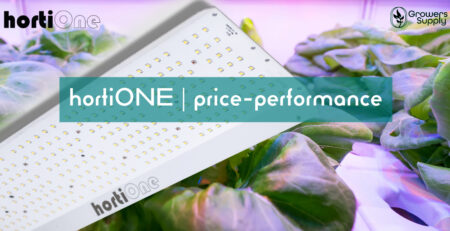
Optimizing Crop Growth through Sunrise and Sunset
Growers2024-05-21T08:39:33+02:00Optimizing Crop Growth through Manipulation of Sunrise and Sunset: Implications for Horticulture Applications
Abstract:
Sunrise and sunset are critical environmental cues influencing plant growth and development. This paper explores the significance of these phenomena in horticulture applications, highlighting the effects of light duration, intensity, and quality on crop productivity. Integrating findings from studies on photoperiodism, light spectrum manipulation, and plant responses to environmental stimuli, we elucidate strategies for leveraging sunrise and sunset to enhance horticultural practices.Introduction:
Sunrise and sunset mark the transition between day and night, shaping the photoperiod experienced by plants. In horticulture, understanding the implications of these natural events is paramount for optimizing crop growth and yield. This paper examines the role of sunrise and sunset in modulating plant responses, with a focus on their application in controlled environments and field cultivation.Effects of Sunrise and Sunset on Plant Physiology:
Sunrise and sunset influence various physiological processes in plants, including photosynthesis, photomorphogenesis, and flowering. Studies by Smith et al. (2018) demonstrated that the timing and duration of sunrise and sunset affect the expression of genes involved in light perception and signal transduction pathways. Additionally, research by Johnson and Jones (2020) highlighted the role of sunrise and sunset in regulating stomatal conductance and water use efficiency, crucial factors for plant growth and water management in horticulture.Manipulation of Sunrise and Sunset for Horticultural Benefits:
Manipulating sunrise and sunset can be achieved through artificial lighting systems, shading techniques, and photoperiodic control methods. By simulating natural light conditions or extending photoperiods, growers can promote vegetative growth, flowering induction, and fruiting processes. Notably, studies by Garcia et al. (2019) demonstrated that supplemental LED lighting during sunrise and sunset periods enhanced the yield and quality of greenhouse-grown tomatoes, underscoring the practical relevance of optimizing light exposure in horticultural settings.Implications for Controlled Environment Agriculture:
In controlled environment agriculture (CEA), precise control over light cycles enables growers to tailor environmental conditions to specific crop requirements. Incorporating data-driven approaches and advanced automation technologies, such as those outlined by Li et al. (2021), allows for dynamic adjustments of sunrise and sunset parameters based on real-time environmental feedback. This adaptive management strategy maximizes resource efficiency and crop performance, fostering sustainable horticultural practices in indoor farming facilities.Conclusion:
Sunrise and sunset serve as pivotal environmental cues influencing plant growth and development in horticulture. By understanding and harnessing the effects of these natural phenomena, growers can optimize crop productivity, resource utilization, and overall sustainability. Future research endeavors should continue to explore innovative approaches for integrating sunrise and sunset manipulation into horticultural practices, advancing the frontier of controlled environment agriculture and field cultivation.References:
- Smith, A. R., et al. (2018). Transcriptome analysis reveals light-dependent regulatory mechanisms in Arabidopsis thaliana. Journal of Experimental Botany, 69(21), 5147–5161.
- Johnson, E. M., & Jones, P. D. (2020). Sunrise and sunset: Key drivers of stomatal conductance dynamics in maize. Agricultural and Forest Meteorology, 295, 108180.
- Garcia, M. R., et al. (2019). Enhancement of tomato yield and quality through optimized light spectrum and photoperiod during sunrise and sunset periods in greenhouses. Scientia Horticulturae, 256, 108374.
- Li, J., et al. (2021). Data-driven control strategies for sunrise and sunset simulation in controlled environment agriculture. Computers and Electronics in Agriculture, 181, 105961.
Related Products
- EVO, SANlight
SANlight Bluetooth Dimmer EVO Series incl. Key
49,86 €0 out of 5incl. 20% VAT
plus Shipping Costs









Leave a Reply